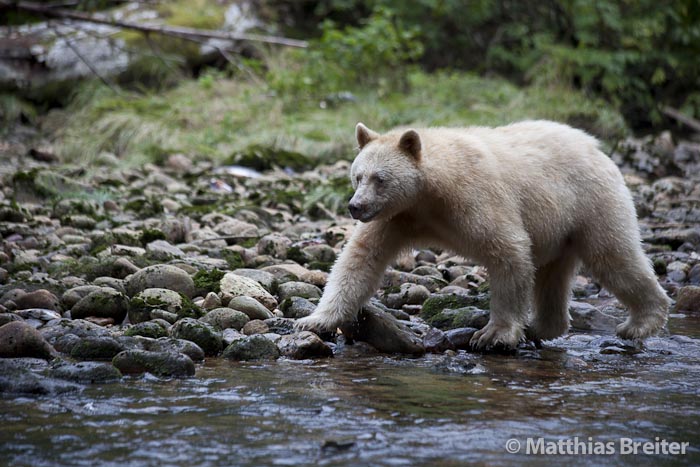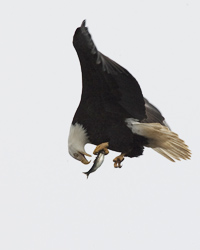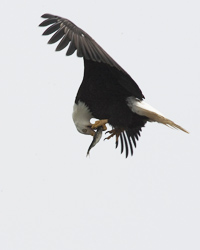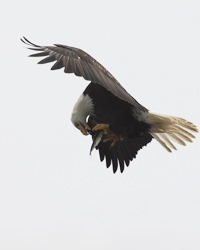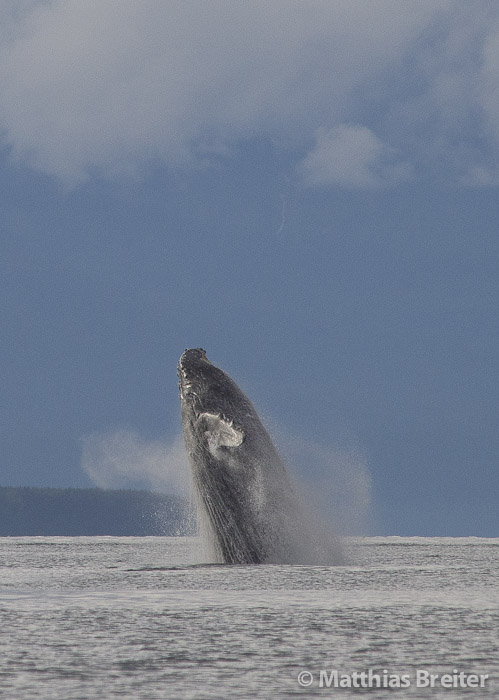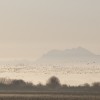Some facts about the “Spirit Bear”:
- Also called the Kermode Bear
- It is found almost exclusively on Princess Royal Island off the coast of Alaska
- It is not an albino – it is a subspecies of the American Black Bear
- Approximately one in every ten of this particular subspecies is born white
- White mothers can have black cubs and black mothers can have white cubs
- They are better at fishing than their black cousins
The spirit bear owes its existence to a recessive allele, a mutation in a pigmentation gene. It is the same gene that produces the yellow-blonde coat in golden retrievers. Because of small founder populations increasing the chance of inbreeding, and limited exchange of genetic material with the outside world, this gene has become widespread on the islands. Two-thirds of the bears on Princess Royal Island are carriers of the gene. However, a cream-colored cub is born only if both copies of the gene on its chromosomes consist of the recessive allele. Thus, following Mendel’s Law of heredity, if both parents are carriers, the mating of a black female and a black male may result in a mixed litter of both white and dark cubs. And a Kermode female will have exclusively black cubs if her partner is not a carrier.
The indigenous people of the region know these bears as Moksgm’ol and hold them in high esteem. The animals have a prominent place in the mythology of local First Nations.
From Matthias Breiter’s book Inside Passage. Click on the link below to view a short video about the legend of this mysterious bear.
The Legend of the Spirit Bear and the Land and People it came from from Twyla Roscovich on Vimeo.
